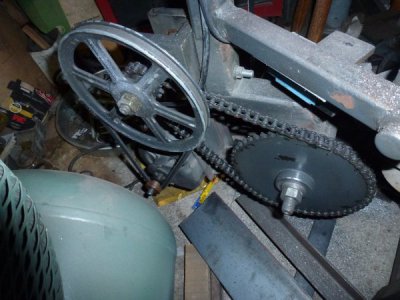- Joined
- Dec 26, 2016
- Messages
- 2,018
Just when I was contemplating to convert my wood cutting bandsaw to cut metal, Mr. Pete declares his experiment a failure, although he believes it could still work but with a gearbox and not with VFD /3ph motor:
Last edited:


